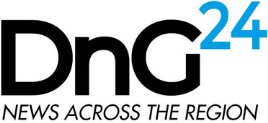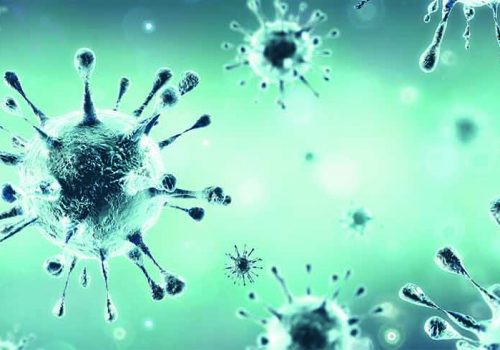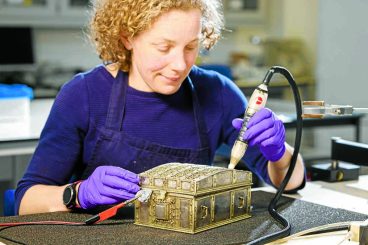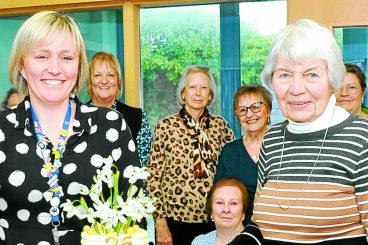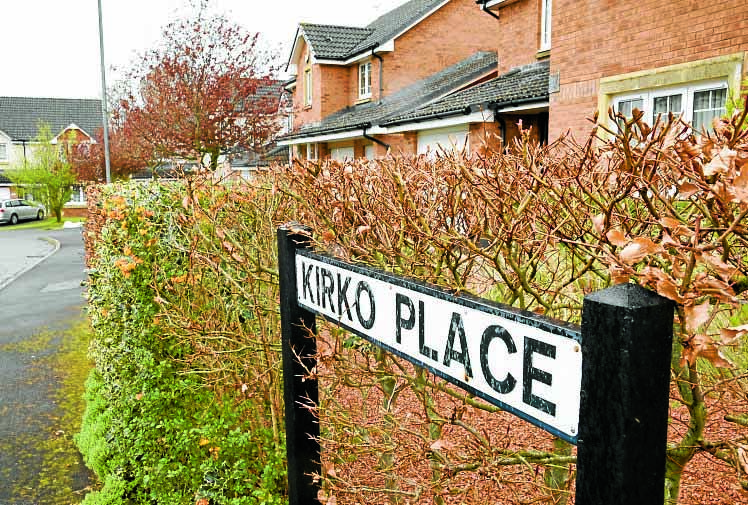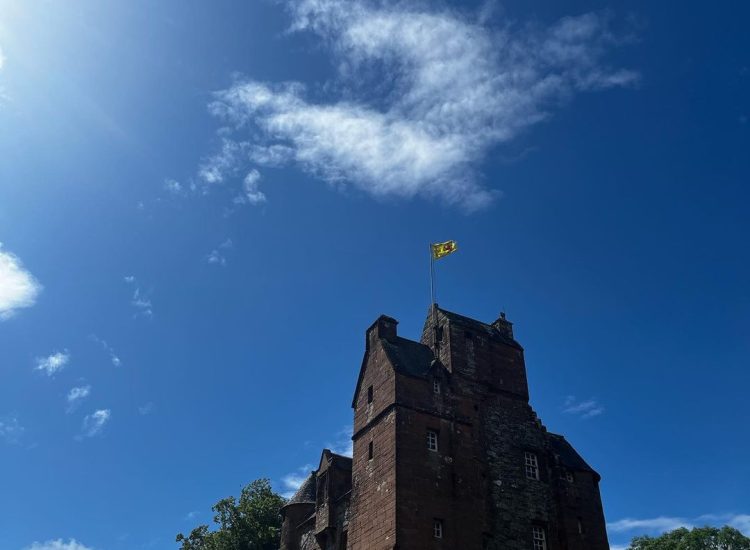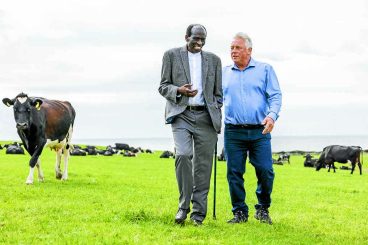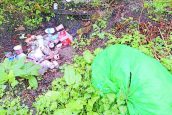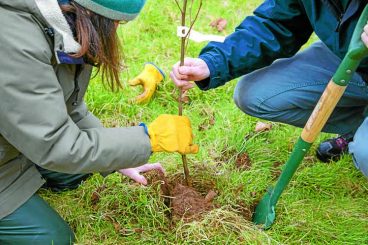First Minister Nicola Sturgeon confirmed the move in a briefing today and the new levels will kick in at 6 am on Monday.
It means that households locally still won’t be able to mix indoors but a maximum of six people from two homes, excluding under 11s, can meet up outdoors and in public places and hospitality settings.
However, pubs, bars and restaurants will be able to resume the sale of alcohol indoors as long as it’s served with a main meal and only until 8 pm at night.
The choice of level has been partly determined by rising numbers of covid cases across Dumfries and Galloway. Yesterday, there had been 831 positive tests overall, an increase of 133 in the last week since October 20. Of those, 15 cases have been in Moffat and eight in Lockerbie.
Ten people were still in hospital as of yesterday, but there have been no more virus related deaths recorded since two last Thursday.
And according to Public Health Scotland data, the region is averaging 14 new covid cases a day.
Explaining their reasoning behind the level choice, a Scottish Government paper has been released.
It noted 85 new cases per 100,000 population in this area in the last seven days and said that 5.42 per cent of all coronavirus tests are currently coming back positive.
As such, Dumfries and Galloway is deemed by officials to be ‘high’ risk.
Furthermore, the government document says an area is considered for level 2 when there are between 75 and 150 cases over 7 days per 100,000 people, or between three and five per cent positive tests over seven days.
However, forecasting of how the virus will develop in the region over the next six weeks is more optimistic.
New modelling by Imperial College London notes that Dumfries and Galloway has hospital capacity for 54 covid patients but demand is expected to peak at 46.
Meanwhile, there are eight ICU beds but just five are predicted to be needed.
